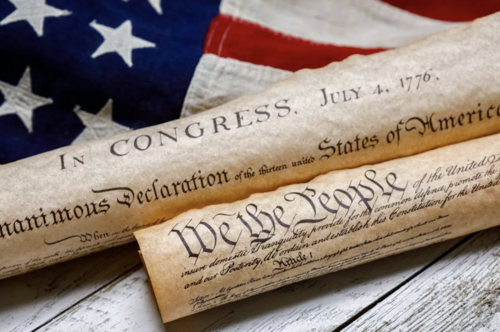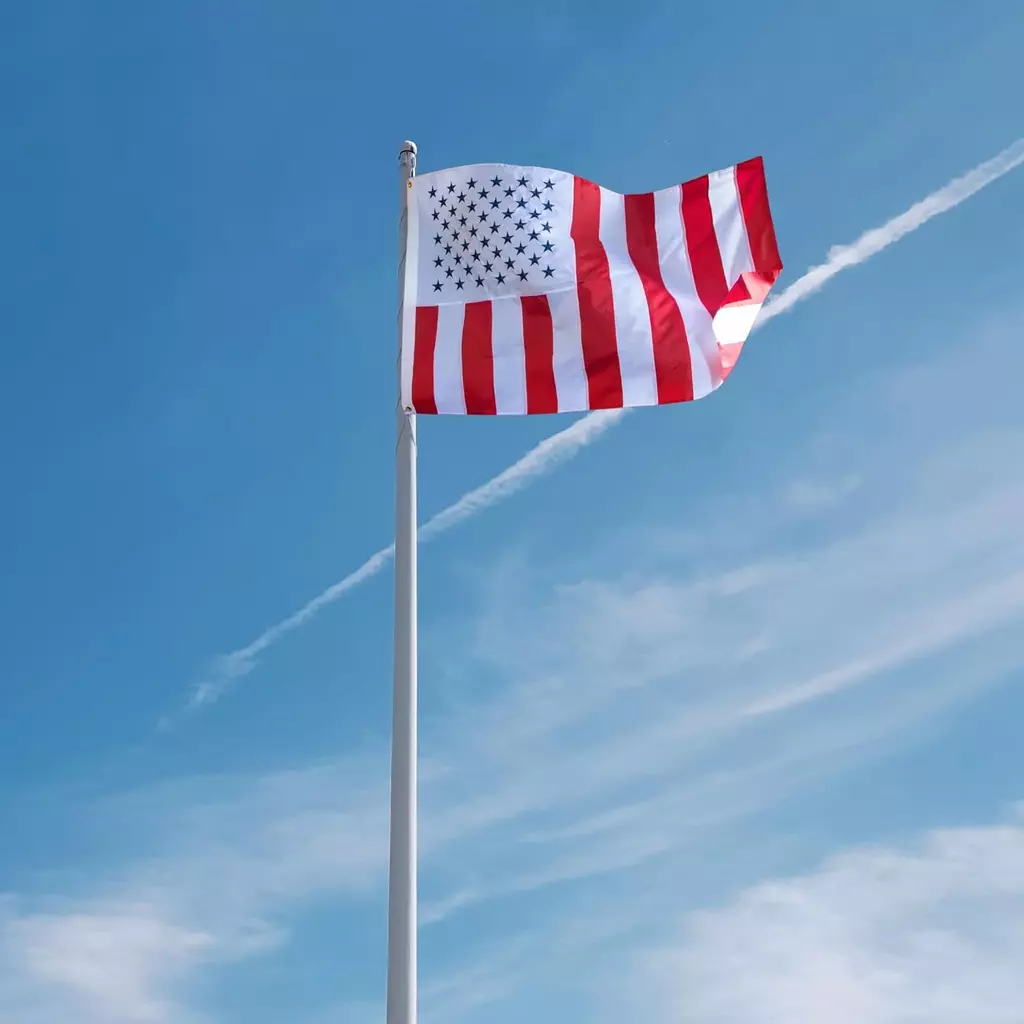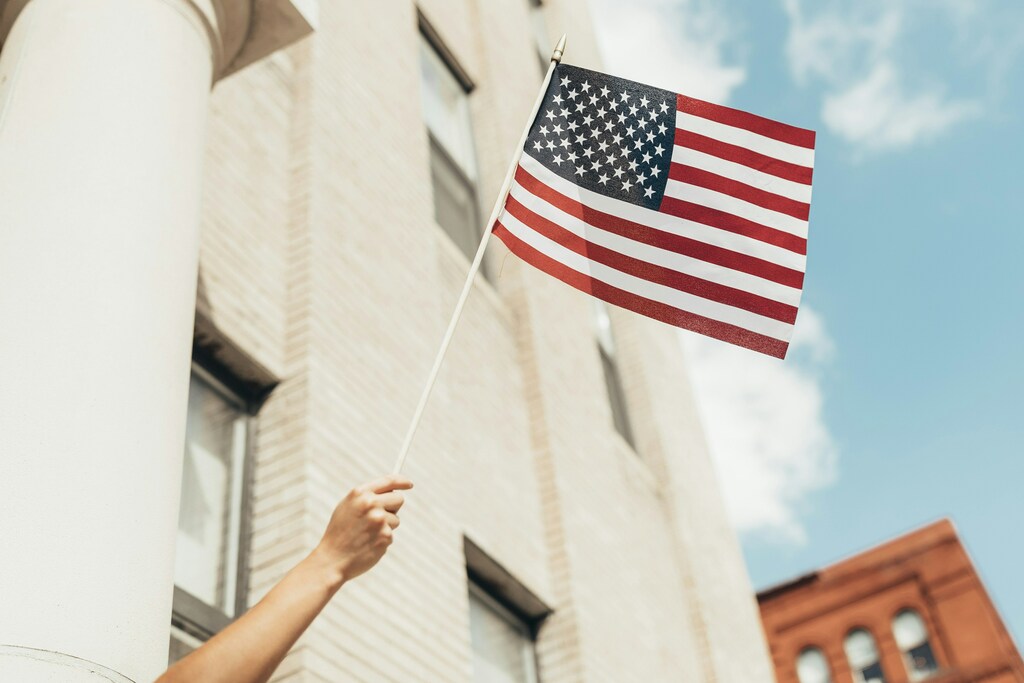Documents:

When the Assembly began to gather and develop the Documents in conjunction with all other states of the Republic these documents of origin where found and studied. These are the documents of history that stated what was necessary for us to rebut the presumption of authority the present de facto federal government has pressed upon We THE People unlawfully.
01. Unknown Date
The Bible
02. 15 June 1215
Magna Carta Libertatum
03. 11 November 1620
Mayflower Compact
04. 14 January 1638
Connecticut Colony Fundamental Orders
05. 4 July 1776
Declaration of Independence
06. 1778-1788
Constitution for the United States of America
07. 1 March 1781
Articles of Confederation
08. 13 July 1787
Northwest Ordinance
09. 15 December 1791
Bill of Rights with original 14 Articles of amendment
10. 10 October 1933
Pan American Treaty
11. 22 July 1944
Bretton Woods Agreement Act
12. 21 October 2012
A New Declaration of Independence
13. Unknown Date
Contempt of Constitution

Civil Flag of Peacetime


This list of documents is available from internet searches and should be verified by an actual book search at a "repository library." We had cooperation from several states in gathering the verification of the documents, for example the original 13th amendment of the Bill of Rights has been found in several state archive=historical libraries and a certified copy obtained.
These documents do not include the "Treaties" that have been put in place that are known and unknown. For example the people was never made aware of all the treaties made with the Vatican "Lateran Treaty" created in 1929.
The Treaty of Paris which supposedly severed the American Continents from the United Kingdom and never did should be read.
The first document is the Bible…
The second document, the Magna Carta Libertatum is the basis for the American Citizen Grand Jury system in its lawful form.
The de jure Grand Jury or djGJ has been removed from the peoples’ knowledge by the legal industry and perverted for their use to deny the people justice.